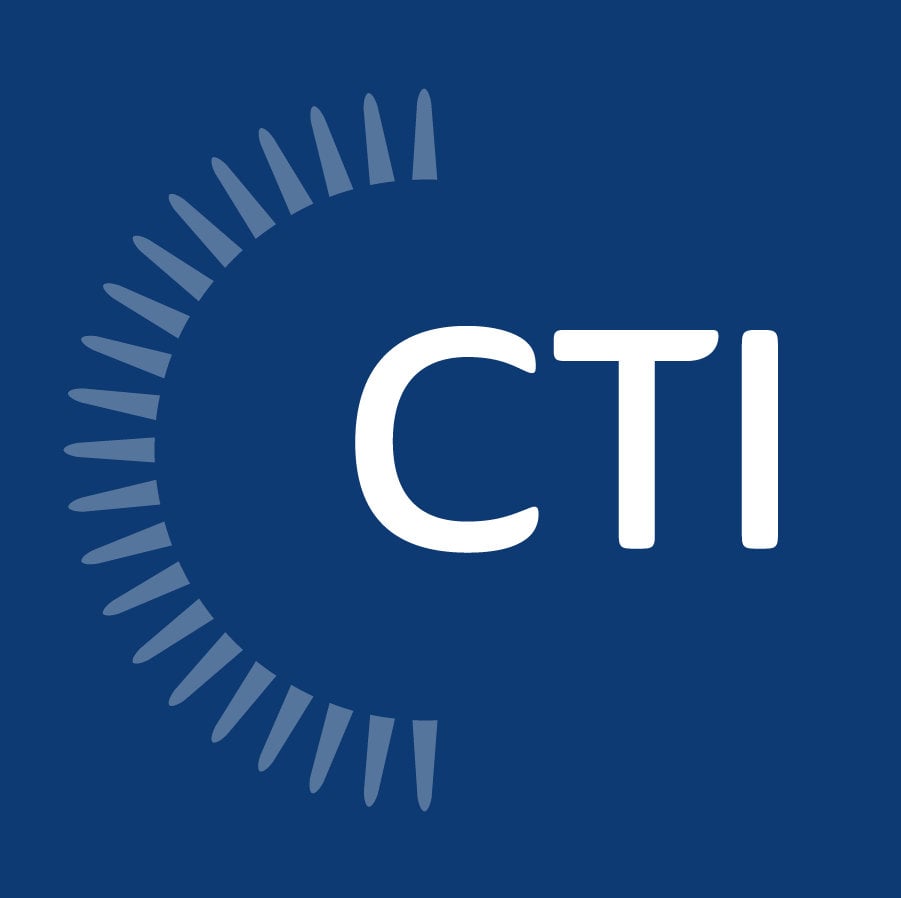IRS Issues Detailed Guidance on Prevailing Wage and Apprenticeship Requirements

This week the IRS issued proposed regulations, which provide detailed guidance on Prevailing Wage and Apprenticeship (PWA) requirements pertaining to the energy-related tax credits and deductions that were established or amended in the Inflation Reduction Act of 2022 (IRA).
Affected credits and deductions include sections 30C, 45, 45L, 45Q, 45U, 45V, 45Y, 45Z, 48, 48C, 48E and 179D. When PWA requirements are satisfied (or one of two exceptions are met), the base amount of the credit or deduction is multiplied by five (5X). The IRS guidance discusses the specific PWA requirements, recordkeeping, penalties, corrections, and exceptions.
Our brief note focuses on the two exceptions noted in the guidance, known as the “One Megawatt Exception” and the “Beginning of Construction (BOC) Exception”. If either one of these exceptions is applicable, then the PWA requirements are deemed to have been satisfied, and the full 5X credit or deduction amount applies.
The One Megawatt Exception applies to sections 45, 45Y, 48, and 48E for facilities that produce energy-efficient electricity from solar, wind, biomass, geothermal, etc. Under the One Megawatt exception, a qualified facility that has a maximum net output of less than one megawatt (as measured in alternating current) is eligible for the increased credit amount. A qualified facility’s nameplate capacity determines whether the facility meets the One Megawatt exception.
The BOC Exception refers to the “Beginning of Construction” date for any qualified building or facility eligible for the above-listed IRA credits and deductions. Under the BOC Exception, the taxpayer is eligible for the increased credit or deduction amount without satisfying the PWA requirements so long as construction is prior to January 29, 2023, and the taxpayer is otherwise eligible for the incentive.
For purposes of determining when construction or installation begins, the IRS describes two methods of establishing that construction of a facility has begun: (i) starting physical work of a significant nature (Physical Work Test), or (ii) paying and incurring five percent or more of the total cost of the facility (Five Percent Safe Harbor Test). Taxpayers must demonstrate either continuous construction or continuous efforts (Continuity Requirement) regardless of whether the Physical Work Test or the Five Percent Safe Harbor Test was used to establish the beginning of construction. Whether a taxpayer meets the Continuity requirement under either test is determined by the relevant facts and circumstances.
The BOC exception will have a significant impact on projects qualifying for the section 179D deduction, which is taken during the tax year that the building is placed in service (i.e. finished construction). Because most building construction projects take longer than 11 months to complete (BOC through placed in service), buildings placed in service in 2023 will most likely have a BOC date prior to January 29, 2023. Therefore, most 179D projects in 2023 are eligible for the increased deduction amount without having to satisfy the PWA requirements. Many projects in 2024 will also be eligible as long as their BOC date is prior to January 29, 2023.
Let our team of engineers, CPAs, and attorneys at CTI help you maximize your credits and deductions through our extensive knowledge of tax laws and how they are applied.



